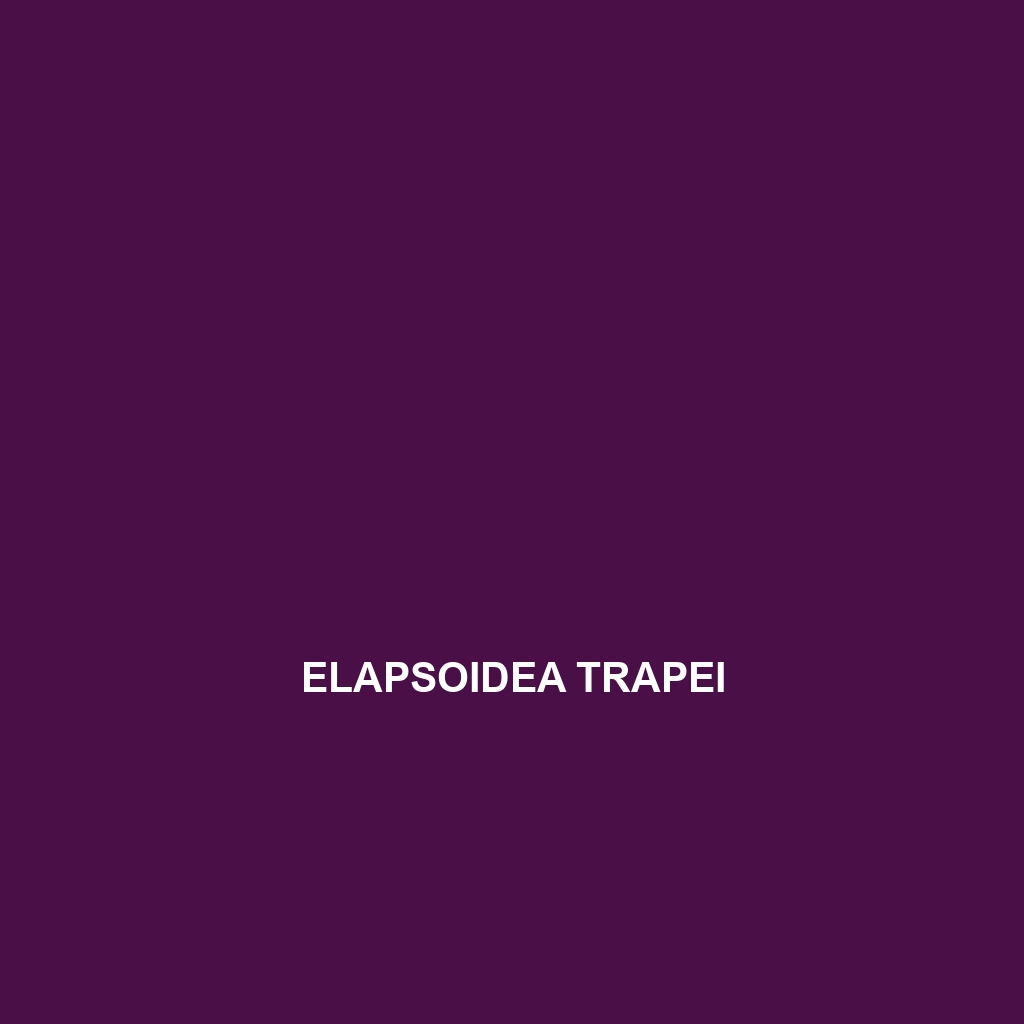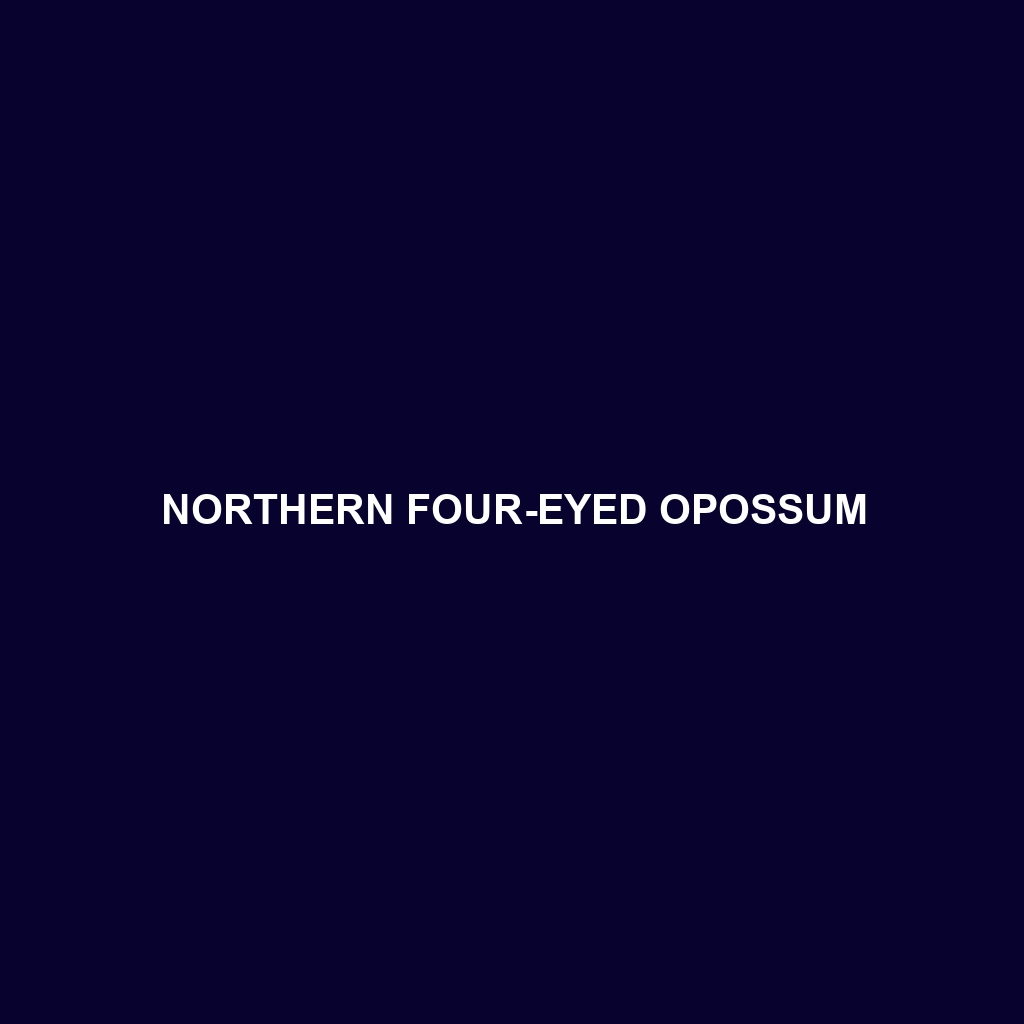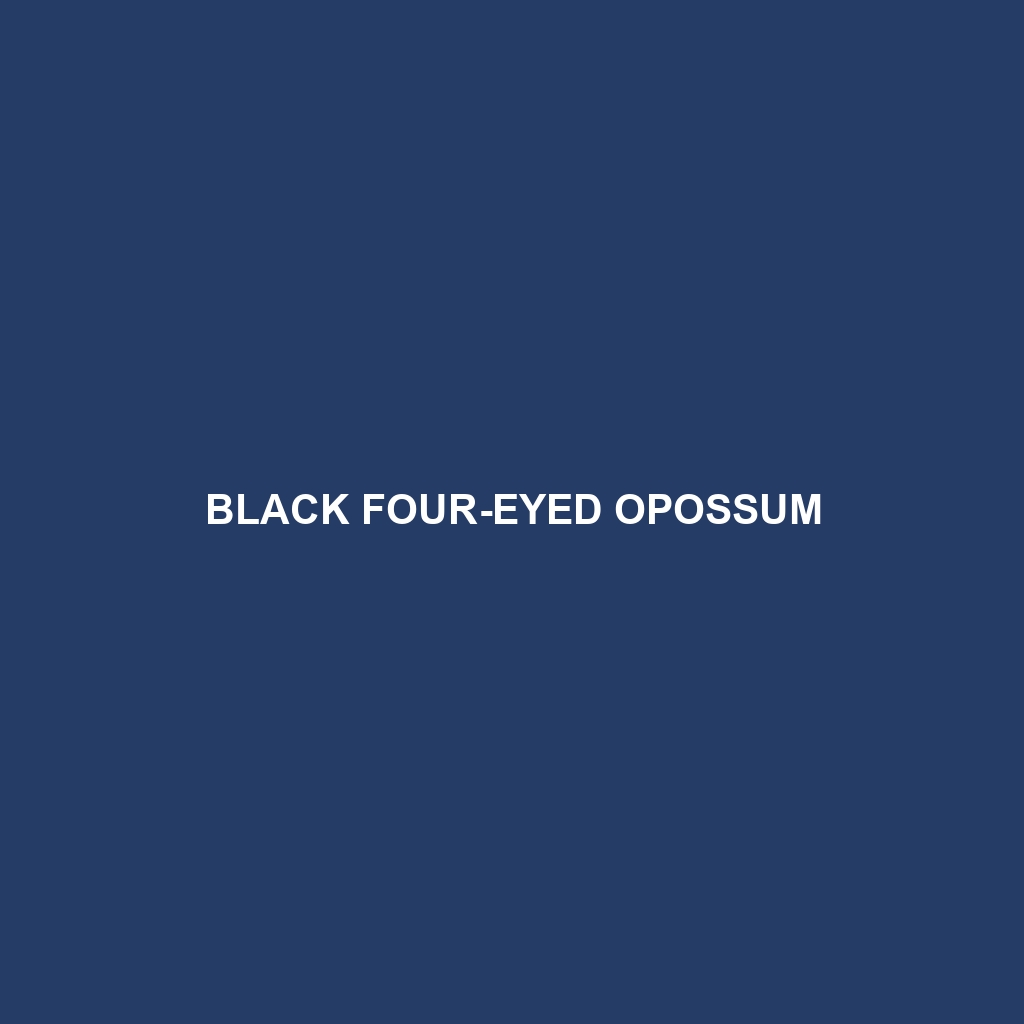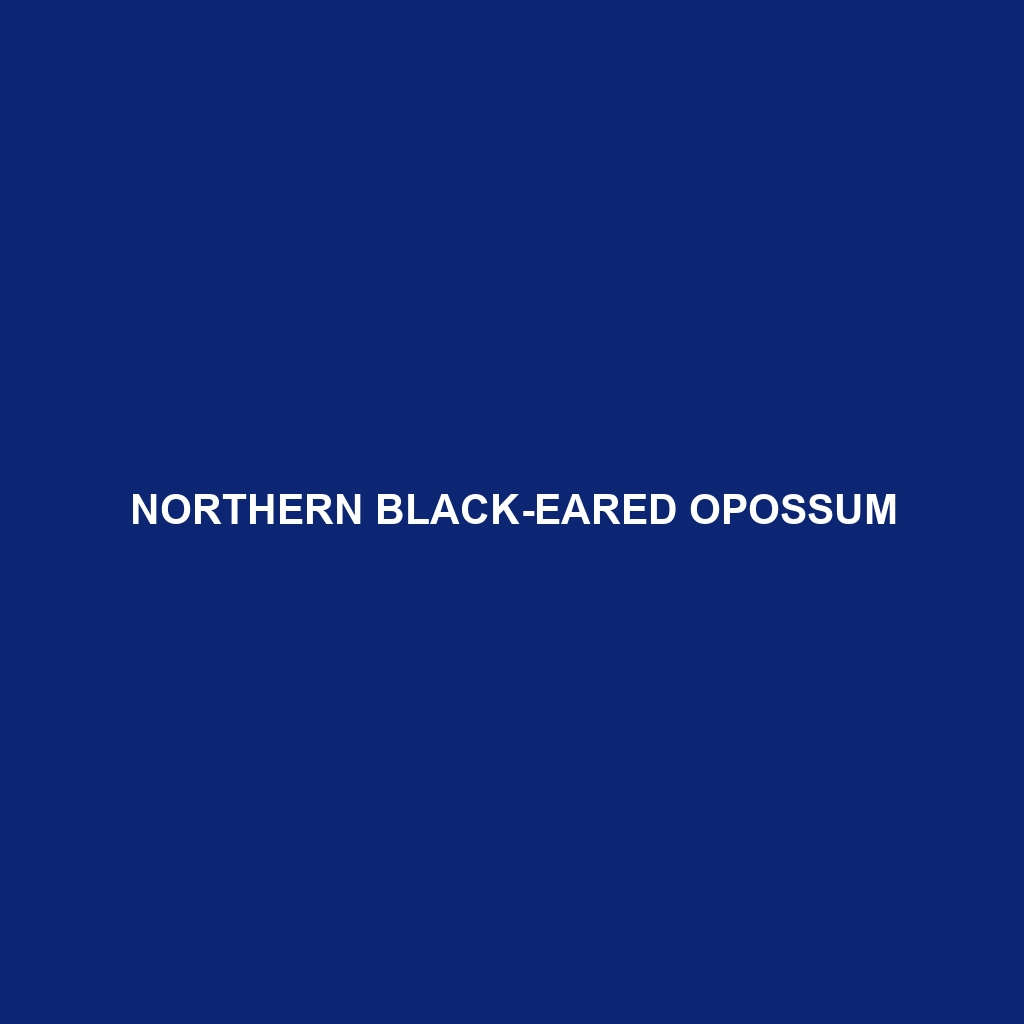<b>Heterodon nasicus</b>, commonly known as the Western Hognose Snake, is a stout-bodied snake with an upturned snout, primarily inhabiting sandy environments across North America. Known for its unique defensive behavior of playing dead and specialized diet of toads, this fascinating species plays a crucial role in maintaining ecosystem balance.
Tag: thanatosis
Elapsoidea sundevallii
Discover the intriguing Elapsoidea sundevallii, known as Sundevall's snake, a non-venomous predator thriving in sub-Saharan Africa's diverse habitats, boasting a sleek body ranging from 60 cm to 1 meter in length, and a diet primarily of small mammals and lizards. With its nocturnal lifestyle, distinctive coloration, and ability to play dead when threatened, this fascinating species plays a vital role in maintaining ecosystem balance.
Northern Four-eyed Opossum
Discover the Northern Four-eyed Opossum, a remarkable marsupial native to Central and South America, recognized for its unique facial markings that mimic a second pair of eyes. With its prehensile tail and diverse diet of fruits, insects, and carrion, this adaptable nocturnal creature plays a crucial role in its ecosystem as both predator and prey, while also assisting in seed dispersal. Explore the captivating behaviors and ecological significance of this fascinating species.
Black Four-eyed Opossum
Discover the fascinating Black Four-eyed Opossum (Philander opossum), a unique marsupial native to Central and South America. Known for the distinctive white spots above their eyes that create the illusion of having four eyes, these nocturnal creatures play a vital role in their ecosystems through seed dispersal and insect control. With their remarkable adaptations, including a prehensile tail and opposable thumbs, the Black Four-eyed Opossum is a captivating example of wildlife resilience and adaptability.
Northern Black-eared Opossum
Discover the Northern Black-eared Opossum (Didelphis marsupialis), a fascinating marsupial from Central and South America known for its striking black ear markings and remarkable adaptability. These nocturnal omnivores play a crucial role in their ecosystems by controlling insect populations and dispersing seeds, thriving in both natural habitats and urban environments. With unique features like a prehensile tail and opposable thumbs, the Northern Black-eared Opossum exemplifies nature's resilience and ecological significance.




